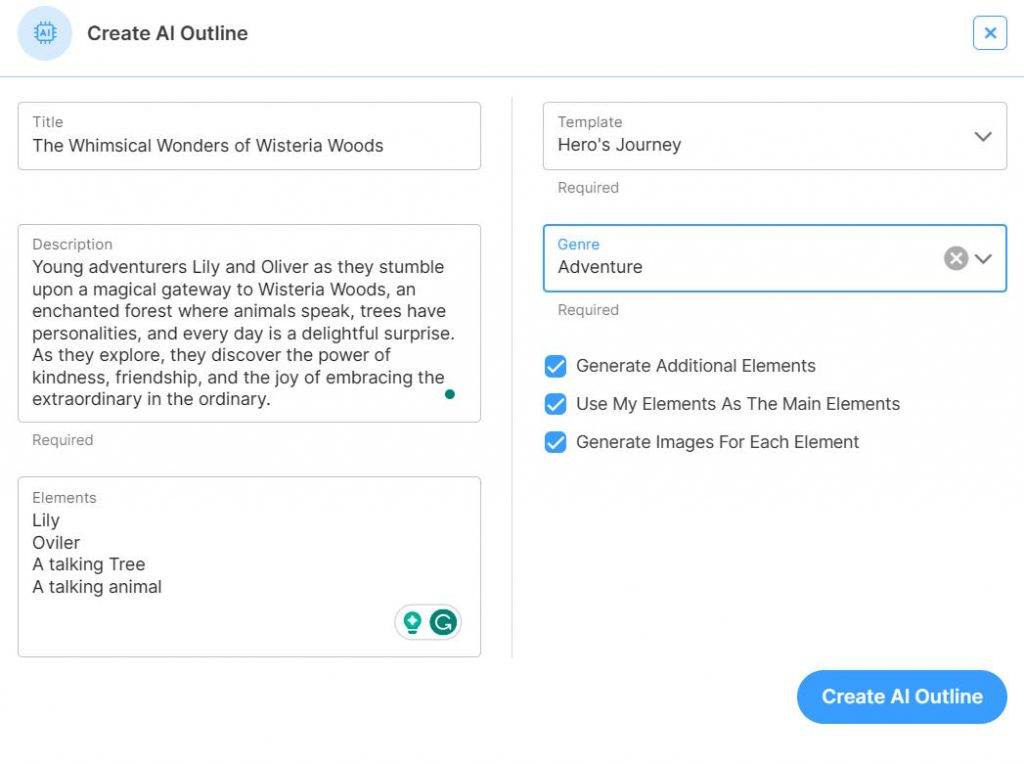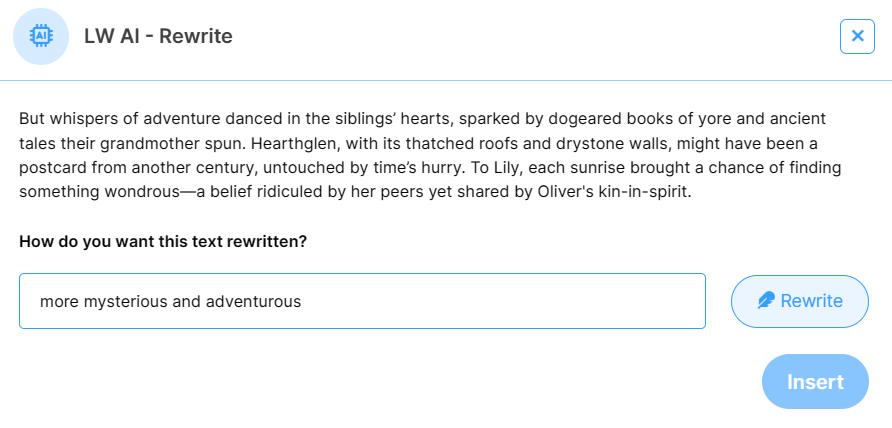How To Get Ideas For Writing – 6 Must-Know Tips

Writers face plenty of difficulties, and sometimes those troubles start before we put pen to paper or open our word processors. Writer’s block, lack of inspiration, creative burnout, whatever you call it, happens to the best of us. Sometimes, you just can’t come up with ideas. And when you do, they come at bad times and are forgotten. If this sounds familiar, worry not; I’ve got some tips on how to get ideas for writing.
Today, I’ll cover everything you need to know about getting your creativity flowing – From simple brainstorming techniques to some must-know, game-changing innovations. I’ll also cover tips to forget fewer ideas, even when they come at inopportune times, like while shopping or just before bed. So, without further ado, let’s get started.
How To Get Ideas For Writing
Sometimes, as writers, we find ourselves staring at a black page or screen, unable to come up with anything to write. Adding insult to injury, the longer you sit and try, the worse the writer’s block becomes. Thankfully, there are some things you can do to get the ball rolling. Let’s start with a basic but effective one.
Brainstorming
Brainstorming is a term that most people are familiar with. However, in my experience, people don’t always have a clear idea of how to do it effectively. Usually, brainstorming involves a group of people bouncing ideas around freely, but individuals can use it to significant effect as well. Here are some tips for better brainstorming:
- Set A Timer – When you sit down to brainstorm ideas, set a timer. I find anywhere between five and 15 minutes to be best. You’ll want to try to put general ideas down for the duration of your timer without stopping much. Don’t sweat perfect punctuation or grammar as long as you can read your writing.
- Let Your Thoughts Flow – This is easier said than done. The critical factor here is to refrain from criticizing your ideas. They don’t have to be “good” yet. Put down any and every thought that comes to you. I find the timer helps a lot here. The first minute or so may be challenging, but after that, one thing leads to another.
- Change Your Surroundings – Most of us are creatures of habit. Do you sit down to write every day in the same spot? I do. Sometimes, changing where and how you do things helps spark creativity. You may be surprised at how much moving to a different room in your home can help. And if you want to get the most out of this technique, try going into nature and see what happens.
- Use Mind Mapping Instead Of Lists – If you can get those first two steps down, the thoughts should start flowing. Instead of a traditional list, try creating a mind map. To do this, place your main idea in the center of a page and branch out with related thoughts. This visual representation can spark new connections and ideas you may otherwise miss.
You can create mind maps on paper or digitally if you prefer. Sometimes, grabbing a scrap sheet of paper is more convenient, but when I have time, I use online options for added organization. In my experience, notes are also less likely to get lost this way. The Living Writer freeform plotting grid works well for this.

Take Inspiration From Everywhere
The first thing that comes to mind here is TV, film, and music, all great vices. However, you don’t want to rip off your favorite art. Instead of copying what they do, let it inspire you. What do you like about it, and how does it make you feel?
I also recommend “Frankenstein’n” things together. Take things you like from several different things and combine them into something new.
For example, I may take a compassionate and resilient guerrilla fighter like Pedro from For Whom the Bell Tolls and drop him into a futuristic interstellar war like Starship Troopers. While also having him navigate a crisis of self like Tyler Durden from Fight Club.
Suddenly, you’ve got a dynamic jumping-off point for a unique story. This mashup style is a great way to find ideas for novels and stories.
Beyond TV, ideas are hiding in plain sight, and you should embrace them, regardless of the source. With some consciousness and practice, you can pull ideas out of thin air. If you see an interesting-looking person, what makes them interesting?
Could that translate into an equally intriguing character? Probably. Art mimics life, and life is often stranger than fiction. So, don’t be afraid to use it.
Use AI For Ideas
AI is an invaluable tool for writers, especially for getting the ball rolling. There are a few options when it comes to AI, including ChatGPT and Bard.AI, which can do the job. However, the best option, bar none, is the AI features on LivingWriter.
First, it has outline generation, which can create an entire framework for your story with the click of a button. This outline includes an overall summary, outline points, element summaries, and AI images for things like characters.

Once you’ve got your manuscript, AI can add new elements directly to what it’s already created, even with a very slight description of what you want.
There’s also “AI analysis,” which can give suggestions for specific sections and even insight into the passage’s tone. Adding your ideas to what the AI made helps ensure the tone is cohesive across the entire work, which is something you won’t get with ChatGPT.
You can also have it rewrite specific parts, which is one of the best features. Sometimes, there are passages you’d like to tweak the style of without having to regenerate the entire piece, which uses a ton of time. You highlight the text, type something into the “How do you want this text rewritten” bar and boom, it does it.

You can also communicate with the AI via manuscript chat features throughout the writing process and ask theoretical questions, research questions, and things about your manuscript, such as how many chapters you have. And this isn’t that terrible customer service AI bot either – You talk to it like you would a person, and it understands without special prompts.
The cherry on top is that all of this is integrated directly into LivingWriter, which is like a word processor, global notepad (so you won’t lose those notes), place to mind map (see image above), and much more all in one place. So, you have everything you need (AI tools included), all in one spot, a click away without ever jumping between tabs.
This is the “must-know, game-changing innovations” I mentioned in the intro. If you’re interested, head over to LivingWriter and check it out.
How To Remember Writing Ideas
We’ve covered tips for generating ideas for writing, but that’s only half the battle. Writers often struggle to retain spontaneous ideas, especially when they come at inconvenient times while driving, shopping, or trying to sleep. Here are some suggestions to help save your writing ideas.
Keep A Notepad
I recommend keeping a small notebook and pen/pencil handy to jot down thoughts out in the world. Ideally, keep one beside the bed for those late-night thoughts and one in the car for when out. Of course, your cell phone is a great tool as well.
LivingWriter has an app for Windows and Mac that can help you get the most out of taking notes on your phone. You’ll have access to the same note sections for chapters, outlines, elements, global notes, etc, that you would have on your desktop.
Transfer Your Ideas
The notepads are great, but don’t stop there. You can just as easily lose ideas in the pages of a notebook or the clutter of your phone. So, when you make a note, add it to a more permanent location (preferably where you write) as soon as possible.
That’s another perk of having LivingWriter on your phone. Any notes you make there will automatically be in your main workspace.
Retaining Ideas Without A Notepad
Sometimes, you get a banger of an idea and don’t have any way to jot down a note. In these cases, I have some tips to help you retain it. First, if something visual sparks it, take a mental snapshot.
Hear me out. Physically, blink your eyes as if you’ve taken a picture. Science says these mental pictures go a long way in cementing the image into your mind and accurately recalling it later. You may feel a little silly at first, but in my experience, it does work. And sometimes, that’s all you’ve got.
If there is no image, try to make some correlations to enhance retention. Visualize a unique picture representing the concept, making it distinct and more manageable to recall.
For complex stuff, try to break it into smaller, more manageable chunks and create associations for each segment. Lastly, use multiple senses in your mental imagery, such as sounds, smells, or textures associated with the idea.
These steps go a long way in ensuring your idea survives long enough to come to fruition, even in the worst times.
Conclusion
Most of the time, nothing about writing is easy. Lacking inspiration is one of the most frustrating aspects of any creative endeavor. Hopefully, you’ve enjoyed today’s post and found my tips for getting ideas for your writing helpful. Until next time, take care and happy writing.